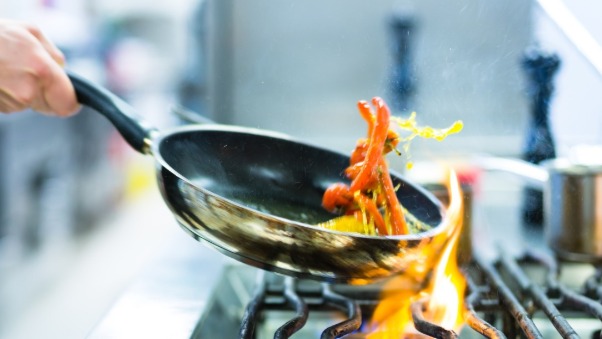What are Grease Traps used for

What Are Grease Traps?
A grease trap collects and reduces the amount of fats, oils and greases (FOG’s) that enter the main sewers. This prevents drain blockages, foul odours and potential pest infestation. Get in touch to discuss your grease trap requirements.

Grease Traps, Separators and Interceptors
The purpose of a grease trap is to collect and therefore reduce the amount of fats, oils and greases (FOG’s) that enter the main sewers. Grease entering the main sewer system will over time create blockages, foul odours and pest infestation. Grease traps have been in use since Victorian days and in simple terms are boxes positioned within the wastewater drain run from the sinks and appliances in a kitchen to the foul sewer system. They are designed only to have kitchen wastewater flowing through them and should never have wastewater from other drainage system sources such as toilets.
They can be made from a number of different materials including Stainless Steel, Mild Steel, Plastics, Concrete and our own patented new innovative disposable G-Bag System. Effective commercial models range from 40 litres capacity to 45000 litres and above.
They can be located above ground, below ground, inside the kitchen or outside the building.
How does a grease trap work?
Grease traps work on the basic principal that FOG’s float on water and solid particles sink. Baffles within the trap slow the inflow of wastewater from the kitchen sinks. This allows for a settlement period for the separation of oils, water and food particles within the unit. A trap on the outlet prevents FOG’s from flowing directly through the unit with the FOG’s retained within the unit along with food particles allowing cleaner water to flow through. The retained waste will build up over time and requires regular servicing and removal of waste for environmental disposal.
How effective are they?
The effectiveness of a grease trap depends on a number of factors, including design, kitchen location, drainage systems, size and kitchen practice. Each location and circumstance is unique. On average a single stage grease trap will retain from 50% to 90% of the FOG’s that enter it. Most commercial grease traps are single chamber units. To increase the effectiveness of a grease control and management of two or more units can be used in tandem where each unit or chamber separates between 50% and 90% of the FOG’s that enter it, or a single stage grease trap is supported by the installation of biological grease dosing system.
Where are they needed?
Revised Building Regulations require all new builds and refurbishments of hot food premises to have an effective means of grease removal on site. They are required on all sites that prepare hot food for the public or staff. Sites include the following:
- Hotels
- Schools and Colleges
- Restaurants
- Pubs and Inns
- Cafes
- Take Aways
- Conference Centres
- Bakeries
- Food Manufacturers
- Canteens at factories and offices
- Golf Courses
- Sports Venues
Who installs a grease trap?
Here at Goodflo, you can avoid stress and leave the grease trap installation to us. Our engineers have years of experience in fitting internal and external grease traps. We will schedule to install your fat trap product at a convenient time for you, avoiding any business interruption.
Why not call us today to find out how we can help you to fit an efficient grease management system in your commercial kitchen operation?









